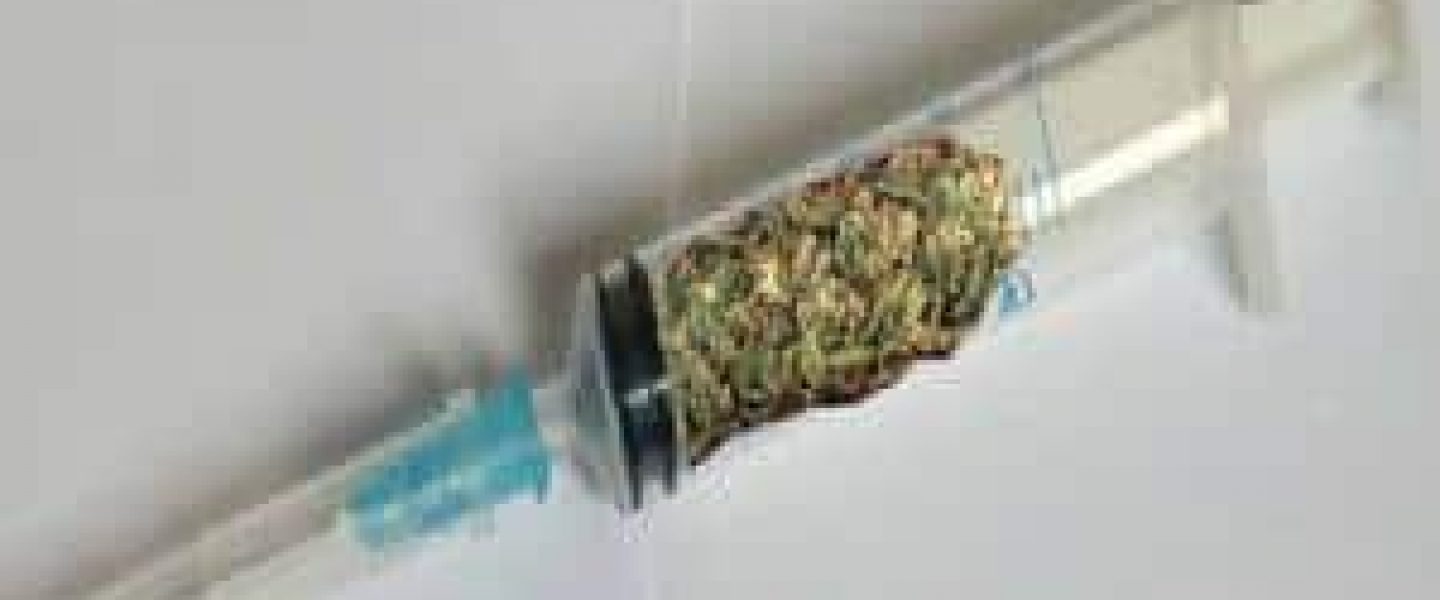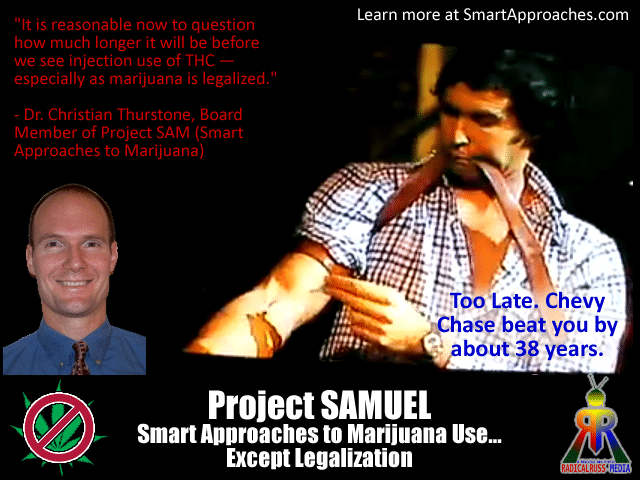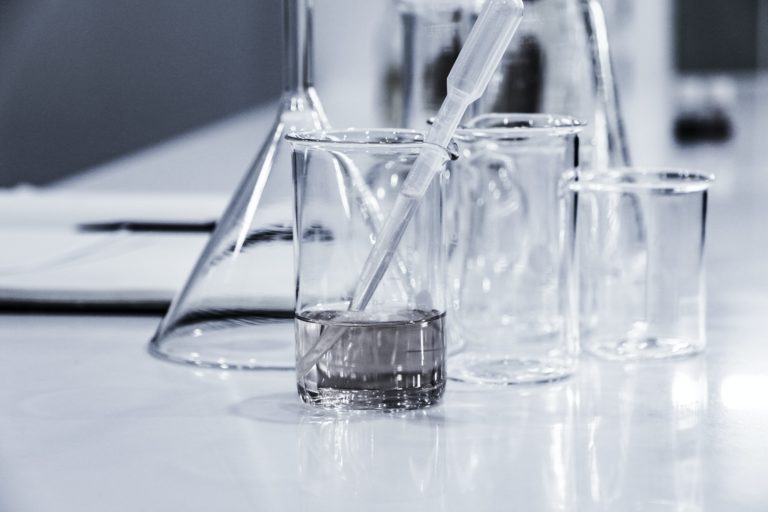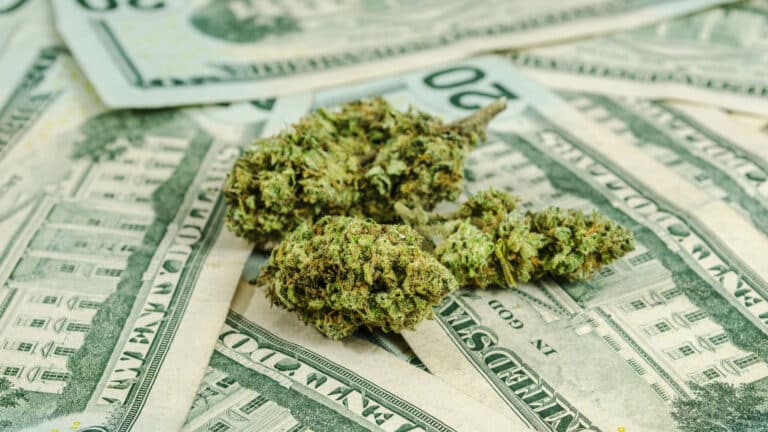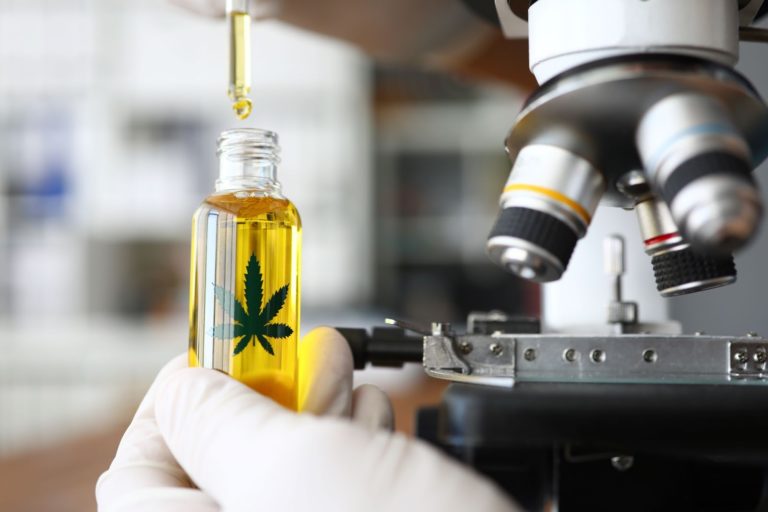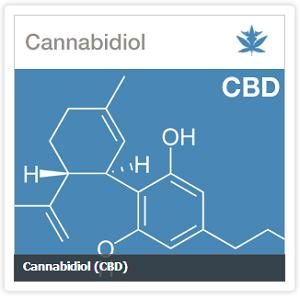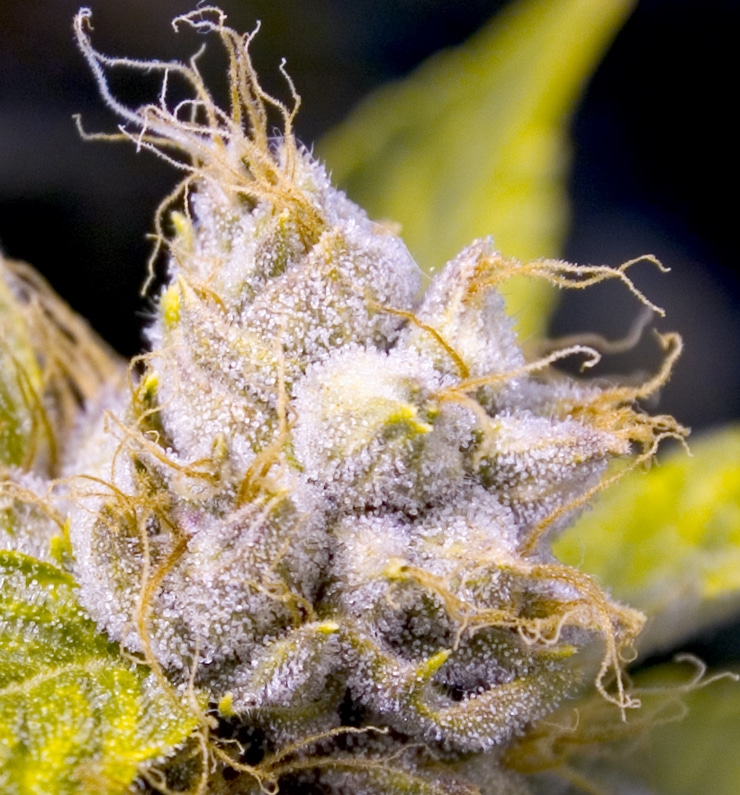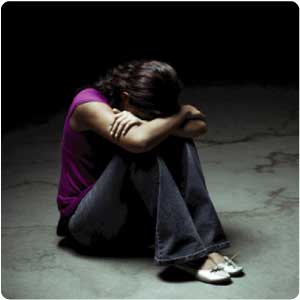When you battle drug prohibitionists long enough you’re bound to read some crazy things. The latest comes from a boardmember of Project SAM (Smart Approaches to Marijuana – Kevin Sabet’s anti-pot propaganda organ) named Dr. Christian Thurstone. In his latest blog screed entitled “Higher and Higher”, he laments that the teenagers sentenced to his business, the largest rehab facility in Colorado, are testing with higher and higher levels of marijuana metabolites in their pee. He worries about the new, super-potent marijuana and concentrates, and then, seriously, writes this:
It is reasonable now to question how much longer it will be before we see injection use of THC — especially as marijuana is legalized.
Older readers will remember the parody PSA on Saturday Night Live around 1976 where Chevy Chase rolls up a doobie, takes off his belt, ties of his arm, and repeatedly stabs the joint at his veins, as Dan Aykroyd intones “Why do you think they call it dope?”
But that’s not even the silliest part. Check out how Dr. Thurstone measures youth use data from the lowest modern point (1991) to today to make his point about today’s super-potent “Not Your Father’s Woodstock Weed”:
Marijuana’s THC levels have increased substantially in the last 40 years. In the 1960s and ’70s, marijuana’s THC levels averaged around 2 percent. Today, they easily exceed 10 percent. In medical marijuana states, including Colorado, where I live, potent strains frequently falling into adolescents’ hands top 40 percent THC.
Then there’s the concentrated form of THC, commonly called hash oil, that is extracted from the plant and added to foods and drinks and inhaled through smokeless vaporizers. THC concentrate can exceed 90 percent.
At the same time THC has risen, so has adolescent marijuana use. Consider this from the University of Michigan’s Monitoring the Future Survey:
- In 1991, 8 percent of the nation’s high school students reported past-month marijuana use. The past-month use rate reported last year was 15.5 percent.
- In 1991, 0.9 percent of the nation’s high school students reported daily use. Last year it was 3.5 percent.
Hmm. So, when you say “At the same time THC has risen, so has adolescent marijuana use,” that makes me wonder, because you also say “In the 1960s and ’70s, marijuana’s THC levels averaged around 2 percent.”
So, if the hypothesis is that rising THC levels lead to rising use and you lament the 2% THC of the Woodstock Era, why are you only going back to 1991 to set your baseline? Isn’t that a little intellectually dishonest?
Because when we look back at the data from NSDUH, we see this:
1979: 16.8% age 12-17 use of marijuana in past month (that would be your 2% THC, right?)
1985: 11.9% monthly use (with THC between 3.44% – 7.95%, according to the Potency Monitoring Project in the ONDCP’s 2011 Data Supplement.)
1991: 4.3% monthly use, 3.18% – 11.20% THC
1997: 9.4% monthly use, 4.92% – 11.62% THC
2003: 8.0% monthly use, 5.63% – 14.00% THC
2009: 7.2% monthly use, 6.89% – 12.86% THC
Let’s see, given six data points each six years apart, we have learned:
The most kids smoked pot back in 1979 when it was the weakest pot. Then in 1985, fewer kids smoked pot even as it got more than twice as potent. Then in 1991, almost 1/3 as many kids smoked pot, even though it got still more potent. By 1997, twice as many kids were using even as the potency stayed relatively stable. In 2003, fewer kids smoked pot even though it got more potent, and in 2009 fewer kids smoked as the potency dropped.
Pretty much everything happened except your hypothesis according to this data set. Even the latest data from 2011 (not “last year”) show 8.0% monthly use (not 15.5%) and the dabs/hash phenomenon was well underway by then.
The reason we’re unfazed by your scaremongering of the urine metabolite levels of your paying clients is that all you’re finding is that the people forced into your business for violating prohibition are getting higher, not that getting higher forces people into your business. You know as well as I do (SAMSHA TEDS-A) that for every one person who self-admits to rehab solely for marijuana, another four are forced there by the criminal justice system. Colorado went and added language to the constitution that is really bad for your bottom line.

